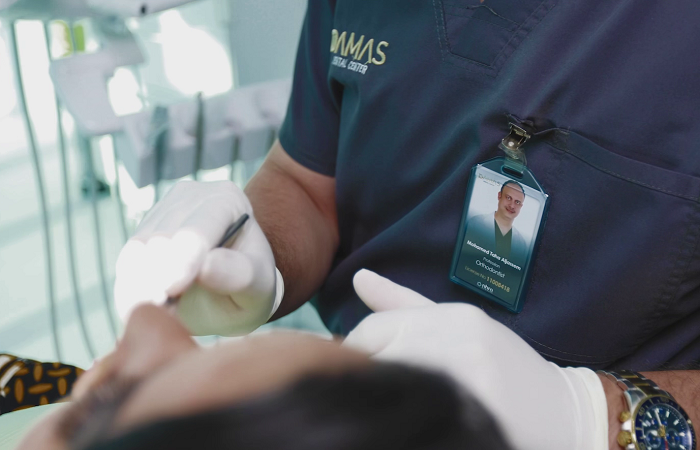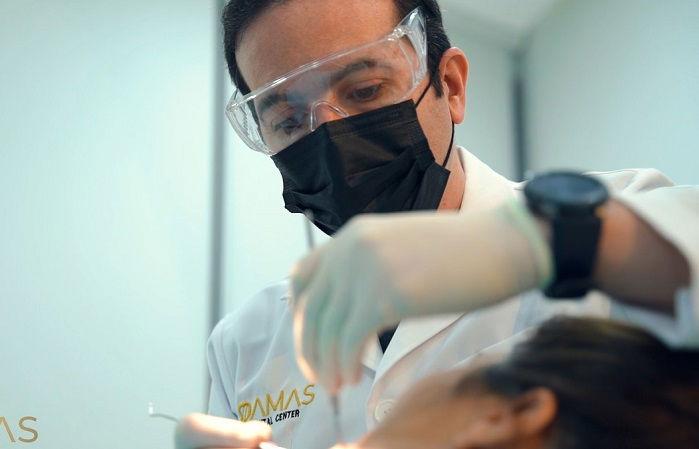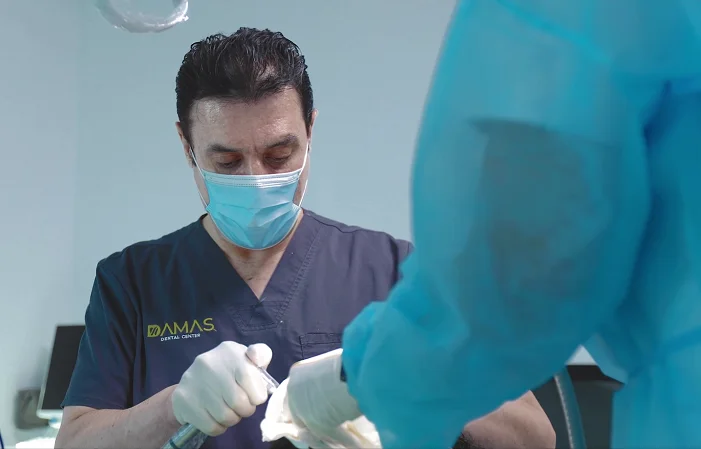What Exactly Is
Crowns & Bridges Procedures?
The procedures for getting crowns and bridges involve several steps to ensure proper fitting, functionality, and aesthetics. Here is an overview of the general process for crowns and bridges:
1. Initial Consultation and Examination:
The first step is to consult with a dentist who specializes in restorative dentistry. During this visit, the dentist will evaluate your oral health, discuss your concerns and treatment goals, and determine if crowns or bridges are suitable for your specific needs.
2. Treatment Planning and Preparation:
If crowns or bridges are deemed appropriate, the dentist will create a personalized treatment plan. This may involve taking X-rays, impressions, and photographs of your teeth and gums. In the case of bridges, the adjacent teeth or dental implants that will serve as abutments for the bridge are prepared by removing a small portion of their enamel.
3. Temporary Restorations:
Before the final crowns or bridge can be placed, temporary restorations are often created and placed over the prepared teeth or implants to protect them and maintain aesthetics and functionality while the permanent restorations are being fabricated in a dental laboratory. These temporaries serve as placeholders until the permanent ones are ready.
4. Custom Fabrication:
The impressions and other records taken during the initial visit are sent to a dental laboratory, where skilled technicians create the final crowns or bridge according to the dentist’s specifications. The restorations are typically made from materials such as porcelain, ceramic, or metal alloys, chosen based on considerations like strength, durability, and aesthetic requirements.
5. Fitting and Placement: Once the permanent crowns or bridge are ready, you will return to the dentist’s office for their placement. The dentist will remove the temporary restorations, carefully clean and prepare the teeth or implants, and check the fit, color, and overall appearance of the final restorations. Adjustments may be made if necessary. Once satisfied with the fit and aesthetics, the crowns or bridge are permanently bonded or cemented into place.
6. Follow-up and Maintenance: After the crowns or bridge are placed, the dentist will provide instructions on how to care for them. This typically includes practicing good oral hygiene, such as regular brushing and flossing, and attending regular dental check-ups for professional cleanings and examinations. With proper care, crowns and bridges can last for many years, providing functional and natural-looking tooth restorations.


It’s important to note that the exact procedures and timeline may vary based on individual cases, the number of teeth involved, and any additional treatments required. Your dentist will guide you through each step and provide personalized care to ensure the success and longevity of your crowns or bridges.




